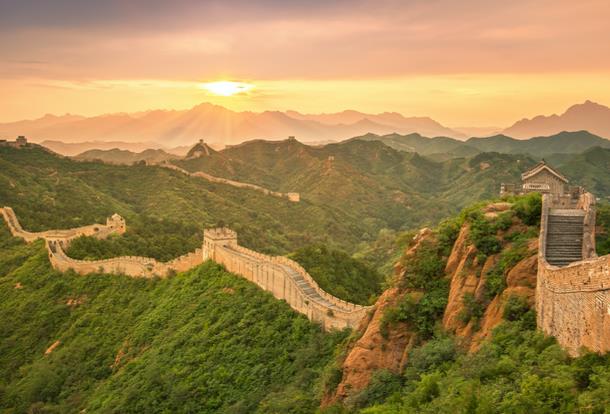
TikTok can’t be overlooked in marketing. The short-form video platform now hosts 750 million monthly users worldwide, making it the third largest social media network, according to Insider Intelligence.
About 34% of travelers were influenced by TikTok in 2022, a 10 percentage point increase from 2021, according to a Portrait of American Travelers, an annual survey by MMGY Global, a travel and hospitality marketing agency.
One of TikTok’s attractive advantages over Google is it doesn’t default to promoting hotspots, which too often suffer from overcrowding. ”With Google Maps, if you’re going to Yosemite National Park, it wants to show you the top 10 destinations instantly and we’re like Stop!” Jonahthan Farrington, executive director of Yosemite Mariposa County Tourism Bureau, which aims to use TikTok to promote overlooked areas like Hetch Hetchy in Yosemite National Park. “Our hope is to one, get people interested and two, that they’re going to say ‘Wow, We to need to go over there,’ which is away from the crowded areas.”
Where TikTok faces a serious roadblock is adoption at the state tourism level in the U.S. In November and December, over a dozen state governments banned their agencies from using TikTok due to concerns over the platform’s Chinese ownership, which allegedly ties it to the Chinese government’s interests.
Regardless of what happens with U.S. state tourism agencies, there is also a large financial incentive for travel brands to experiment with TikTok. The importance of digital advertising to the travel industry is hard to overstate. Digital channels accounted for nearly 90 percent of all travel advertising spend in 2021, according to Skift Research. Social is the fastest growing subchannel, making up 29% of travel ad spend in 2021 versus 22% in 2019.
Read original article




